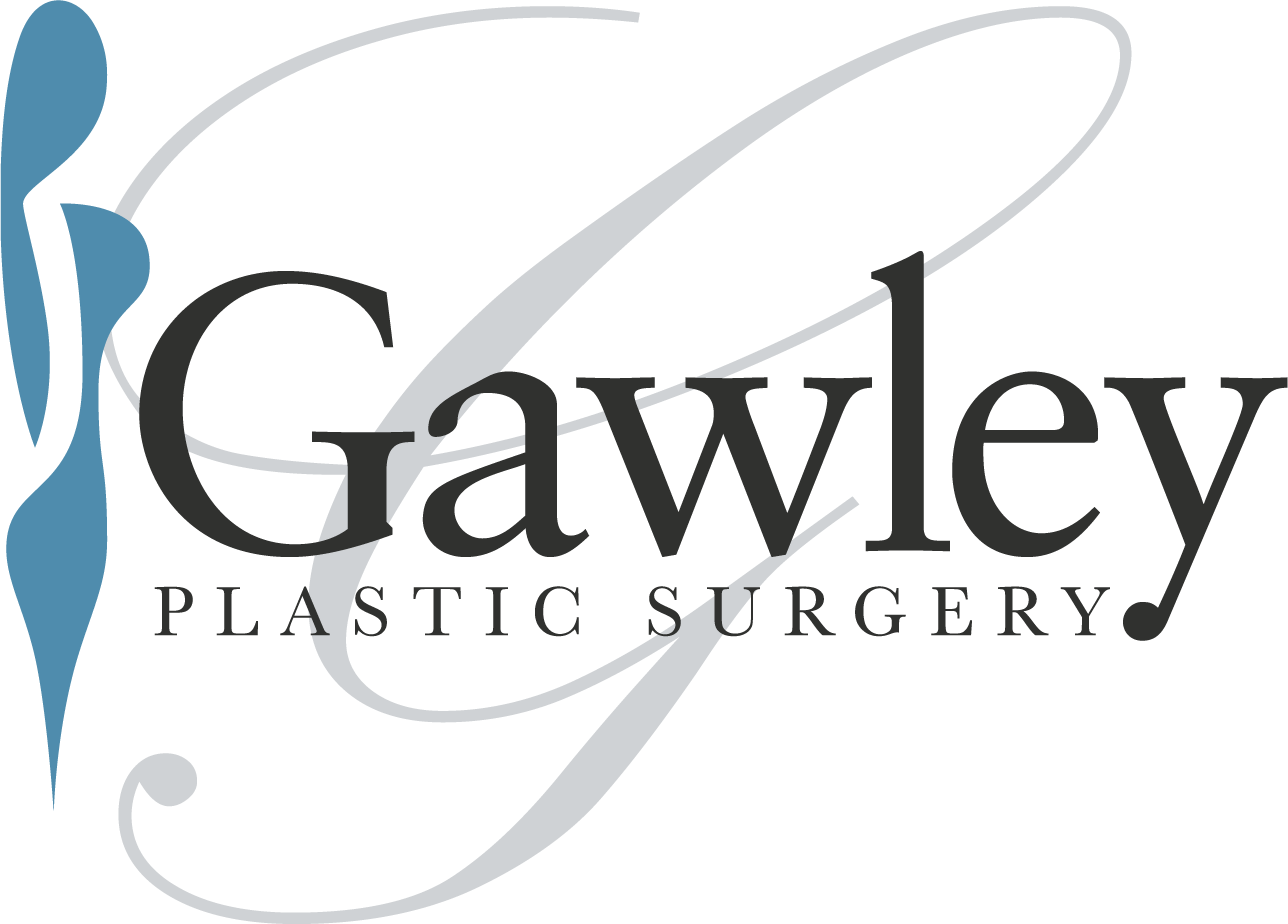Breast Reconstructionin Scottsdale and Phoenix, AZ
Reconstruction of a woman’s breast following
mastectomy or lumpectomy
For most patients, a diagnosis of breast cancer often comes with significant concern over the possible loss or deformity of the breast. However, many patients are unaware of the advances that have been made in the field of breast reconstruction.
We understand that improving your self-image and sense of wholeness are equally important and an integral part of your treatment and recovery from breast cancer.

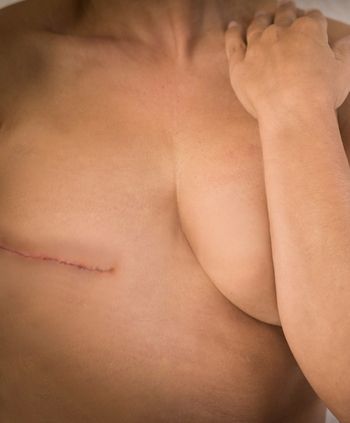
Breast Reconstruction
Breast reconstruction is a staged process in which the breast mound is reconstructed either immediately following mastectomy or at a later date depending on a patient’s individual situation. Our doctors will often use an adjustable implant or a tissue expander that is placed at the time of mastectomy under a patient’s skin and pectorals muscle. This following several (2-5) painless in-office expansions over 2-3 months, a second operation is required to then exchange the temporary expander with a soft permanent implant. The nipple and areola are reconstructed using small in-office procedures and medical tattooing.
Breast reconstruction is a safe surgical procedure option and will not cause your cancer to come back and does not interfere with treatments such as radiation or chemotherapy. Cancer patients who have a positive outlook typically have a much better treatment outcome. For many women, breast reconstruction is an important part of recovery, minimizing the emotional impact and sense of loss and helping them maintain hope, self-esteem, and a positive outlook.
If you are anticipating mastectomy, Gawley Plastic Surgery can coordinate with your surgeon for a streamlined mastectomy/reconstruction procedure.
Breast Reconstruction Options
Implant Reconstruction
Tissue expander and implant reconstruction offers excellent results with less downtime and risk to patients. For this reason, our surgeons perform this type of reconstruction more often. Some patients, however, may need a more aggressive type of reconstruction depending on their specific situation and type of cancer treatment.
In some cases, your surgeon may recommend the use of a your own tissue for reconstruction. Commonly, this “autologous” reconstruction uses either a patient’s abdominal skin or muscle—TRAM flap, or back skin and muscle—latissimus flap, for reconstructing the breast mound. Patients with a history of or future need for radiation treatment may benefit from this type of reconstruction; however, many patients with radiation may still be a candidate for implant reconstruction. It really depends on how a patient recovered from the radiation treatment and the quality of the chest skin.
Mastectomy & Reconstruction
Patients who undergo mastectomy and reconstruction on one breast commonly undergo a symmetry procedure on the opposite breast to match. This may be an augmentation, reduction or lift, depending on each situation. If you have already had a mastectomy, even if it was years ago, Gawley Plastic Surgery and the Arizona Breast Center can still begin the reconstructive process and create beautiful, symmetrical breasts.
It is very common that over the years following breast reconstruction, changes may occur in a patient’s breasts—asymmetry, implant hardening, and recurrent deformity. Our surgeons can often offer revisional surgery to improve size, shape, and symmetry years after your cancer treatment and reconstruction.
Most importantly, both initial and revisional breast reconstruction surgeries are usually covered by your insurance.
Breast Reconstruction Experts
Not only are Dr. Gawley and Dr. Geoghegan cosmetic experts when it comes to breast surgery, they are also passionate about helping their patients with breast reconstruction. Both surgeons have worked extensively with breast reconstruction patients and have relationships with the best local breast surgeons that they can work alongside with during your treatment plan. During your consultation, your surgeon will take a unique approach and work with you to select the right implants for your body and desired outcome.
Complimentary Procedures
Breast Implants
Implants are typically used in breast reconstruction to restore the natural breast mound after a mastectomy for breast cancer treatment or to correct a genetic abnormality. You can opt for implants alone or add fat grafting to add more volume where the breast tissue used to be; this is usually done in multiple procedures in order to achieve the desired outcome.
Tissue expanders are usually used to prepare your body for implants after a mastectomy. They increase the amount of skin to allow the placement of a breast implant.
Breast Fat Grafting
Nipple Reconstruction
Depending on your diagnosis, you may opt to remove your nipples as part of your mastectomy. If this is the case, our surgeons can work with you to determine the best nipple reconstruction options. Most of our patients opt for tattoo nipples as part of their breast reconstruction, but you will also have the options to save your nipples during your mastectomy.
Choosing Your Procedures
During your initial consultation, one of our surgeons will listen to your goals and concerns and will recommend the right procedures options that will best achieve the results you desire. Our surgeons also have experience working alongside other doctors involved in your diagnosis to determine the best treatment plan for you.
You may also be looking to reconstruct your breasts if you suffer from congenital defects and breast abnormalities such as missing nipples or lack of chest muscle (Poland’s Syndrome), or to correct a previous surgery. Gawley plastic surgeons are some of the few cosmetic surgeons who are willing to perform corrective breast surgery for patients who have undergone prior breast surgery with poor results. If you have had breast augmentation, breast reduction, or a breast lift and are unhappy with the results, Gawley Plastic Surgery can restore the beauty of your breasts.
Our surgeons believe it’s important for patients to be well-educated about the risks associated with any cosmetic surgery.
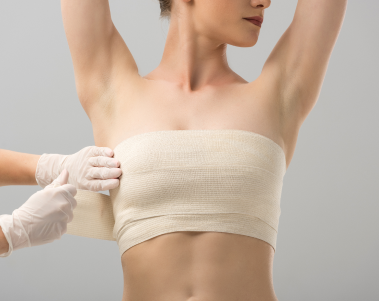
Recovery & Results From Breast Reconstruction
During your DIEP flap surgery, the incision is made along your bikini line to remove the excess skin and fat which are then moved from your abdomen to the chest to create a new breast. No muscles are moved or cut during the procedure. An extra artery and vein from the abdomen are reconnected to an artery and vein in the chest using microsurgery (and sutures finer than human hair). For both breasts, it takes between 6 to 8 hours for completion. You will get detailed aftercare instructions before surgery. The most important aspect after surgery is to rest and refrain from vigorous physical activity. You will be up and walking the same day and ready to leave hospital after a day or two. With the Enhanced Recovery after surgery (ERAS) protocols, most patients need only Tylenol and ibuprofen to manage their discomfort. However, you must avoid any strenuous activities, heavy lifting, and sexual activity for about 6 weeks after your DIEP flap surgery. There will be incisions and drainage tubes in the abdominal donor area as well as your reconstructed breasts for a week or two. Overall, most women are pleasantly surprised how well they recover from this surgery when they follow the instructions.
Envision Your
Natural Results
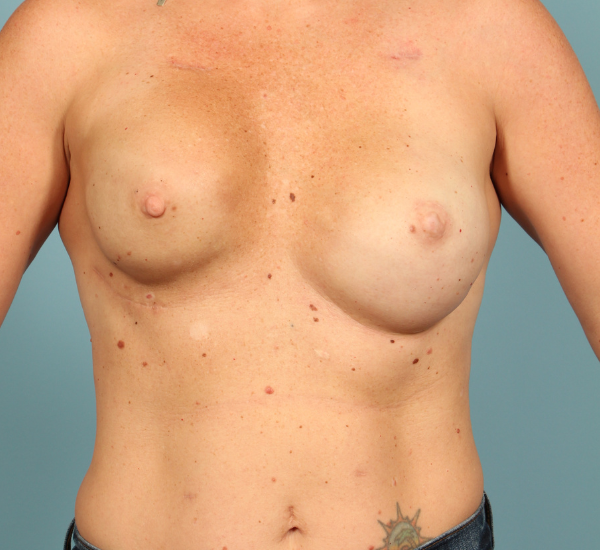
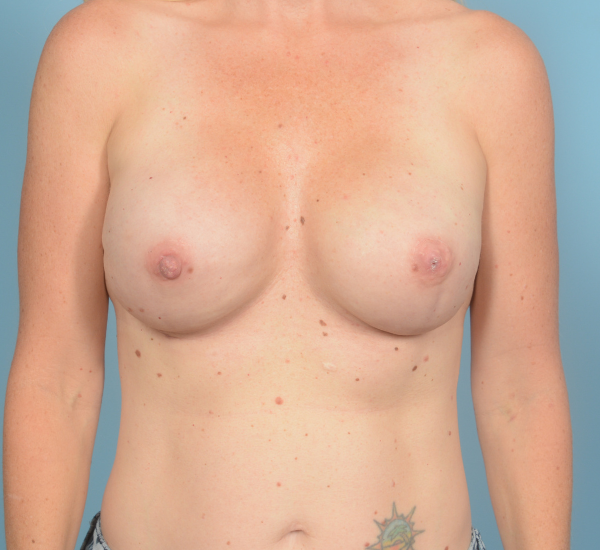
See what our clients say
Patients can feel confident in choosing Gawley Plastic Surgery, as we
aim to provide you with the best patient care available.
Breast Reconstruction FAQs
The TRAM flap technique used to be the gold standard in breast reconstruction surgery after mastectomy, but it has been replaced by the cutting edge DIEP flap technique today. The TRAM surgery has three different forms that can be used – the Pedicled TRAM flap, the Free TRAM flap, and the Muscle-sparing Free TRAM flap. All these procedures use abdominal tissue to recreate the breast except that in the Pedicled TRAM, the skin, fat, and muscle from the abdomen is tunneled under the upper skin of the abdomen to create the new breast. In the Free TRAM technique, the tissue flap is disconnected and reconnected at the chest area with microsurgery. The Muscle – sparing TRAM is the most beneficial since during it, the majority of the abdominal muscle is spared and it leads to lesser complications.
The DIEP flap is the most advanced form of breast reconstruction and like the muscle-sparing TRAM, it also uses your own abdominal skin and fat to recreate a soft breast. However, unlike the TRAM, all your abdominal muscles are preserved. It is like a tummy tuck wherein you experience less pain, maintain the strength of your abdomen and recover faster.
In most cases, breast reconstruction is covered by health insurance because it is not an elective procedure. Gawley Plastic Surgery accepts insurance for reconstructive breast surgery. Unfortunately, we cannot accept insurance for corrective breast surgery.
This breast reconstruction technique can be used when you have enough breast tissue and skin to immediately support the placement of a breast implant. Women who are able to take advantage of this procedure will go to sleep with their natural breasts and wake up with reconstructed breasts.
Tissue expanders are tools to increase the amount of breast tissue, including skin, to allow the placement of a breast implant. The most common form of tissue expander is a type of saline breast implant whose fill amount can be gradually increased, inflating the implant slowly enough to allow your skin and other tissue to grow around it. When your breasts reach the desired size, the tissue expanders are removed and replaced with regular breast implants.
If you want, the new breast can be reconstructed to match your natural breast. However, in many cases, women desire breast surgery to improve the appearance of the other breast, such as an augmentation, breast reduction, or breast lift, so that both breasts have an appearance that is more desirable.
The timing of your reconstruction surgery depends on the wishes of your breast cancer surgeon. Based on the extent of your cancer and your ongoing treatment, your breast reconstruction may be delayed, but in most cases, women can have their breasts reconstructed at the same time as the mastectomy.
If you are considering breast reconstruction, you should talk to a plastic surgeon soon after your cancer diagnosis. This will allow your plastic surgeon to work with your cancer surgeon to design the best reconstruction procedure for you. A plastic surgeon may also be able to refer you to breast cancer surgeons who take reconstruction into account when performing mastectomies, helping to ensure you get the best results.
